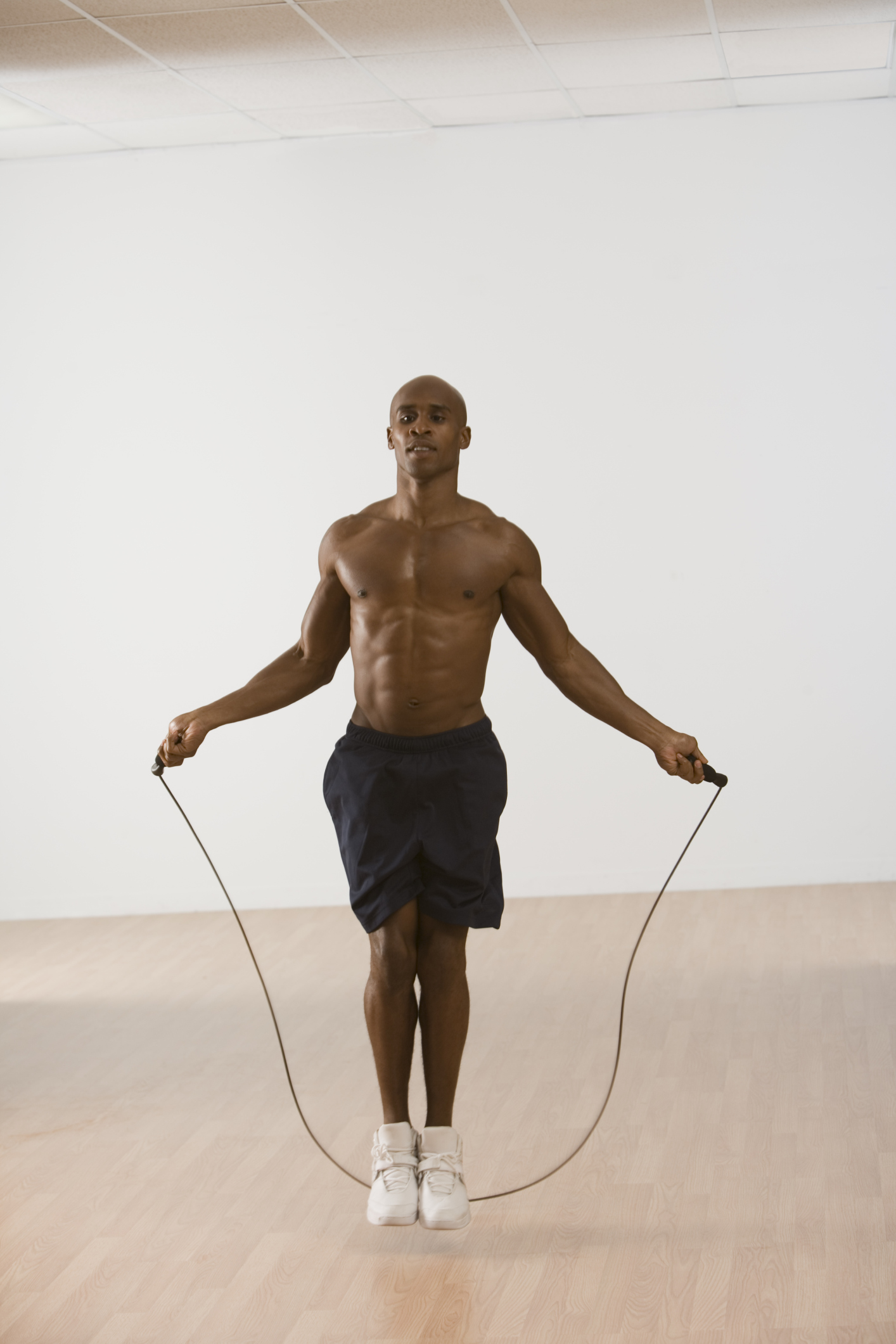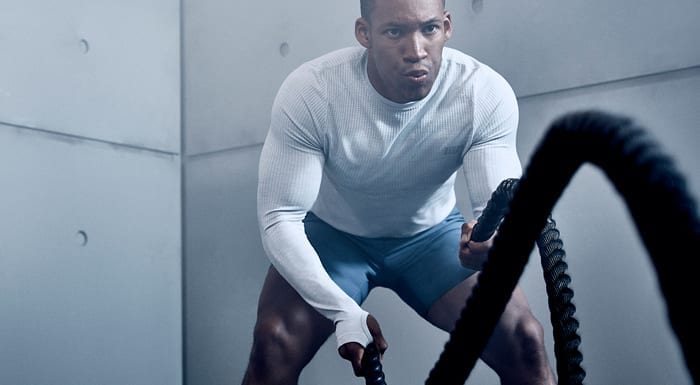
Muscle endurance full#
These stretches also mimic many of the motions you'll use in your full routine, which can enhance your performance. Slow, controlled movements that work through your entire range of motion are helpful for increasing flexibility. Use dynamic stretching before your workout and do static stretching after your workout.

Full-range-of-motion exercises improve the function in your joints and reduce stress on your tendons.Perhaps more importantly, increased flexibility enables you to consistently perform exercises with correct form, which can help prevent strains and injuries.Greater range of motion accesses greater length of the muscle and hence more muscle fibers.Flexibility is not only essential to helping prevent injury, but can help you build muscle endurance by encouraging your muscles to work more efficiently. Exercises that employ your full range of motion enable you to work the entire muscle, as well as improving your flexibility. X Research sourceĬoncentrate on full-range-of-motion exercises. If you have tight hamstrings, work on your quadriceps, abs, and hip flexors. For example, if your triceps are tight and sore, strengthening your biceps can improve this (and vice versa).If a particular muscle is consistently tight or always sore after a workout, it may be that its opposing muscle needs to be strengthened.


You can find more specific muscle imbalances by looking to common muscle group pairs.While your imbalance may not be that significant, you probably have an idea of which muscle groups need more work (typically, the ones you don't enjoy, or dread working on).You might recognize significant muscle imbalances from viral "skipped leg day" images showing bodybuilders with skinny, underdeveloped legs and a massive upper body.That inefficiency not only decreases your muscle endurance, but also makes you more at risk for injury. If parts of your body are stronger than others, this imbalance causes your body to work inefficiently. In your strength training, you may focus on one muscle group more than another. For example, to work the muscles in your back, you might do T-bar rows, wide-grip lat pull-downs, one-arm dumbbell rows, and finally, straight-arm pull-downs.Ĭorrect muscle imbalances.In your fourth and final exercise for that muscle group, do three sets of 16 repetitions with the lightest weight.For your third exercise, choose even lighter weights and do three sets of 12 repetitions each.Your second exercise uses lighter weights, with eight repetitions per set for three sets.Do three sets with a brief rest of a minute or two in between. For the first exercise, you'll do four repetitions per set with the heaviest weight you can handle.

You can use dumbbells, plate loaded bars, and machines or body weight to do strength training exercises.Each exercise should target that muscle group in a different way, requiring movement from a different angle, or with different grip positions.Design a routine that involves four exercises for each muscle group.Doing both together in one routine allows you to build muscle strength, size, and endurance all at the same time. Typically, at the gym you would do fewer repetitions with heavy weights to build strength, and more repetitions with light weights to build endurance.


 0 kommentar(er)
0 kommentar(er)
